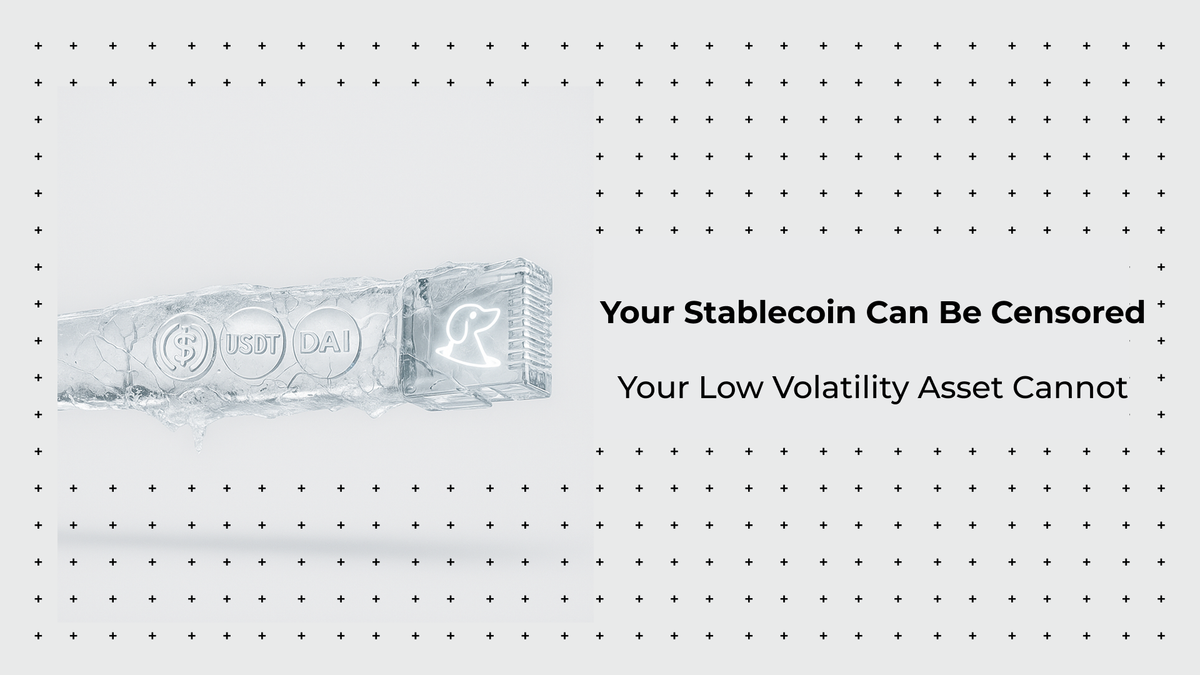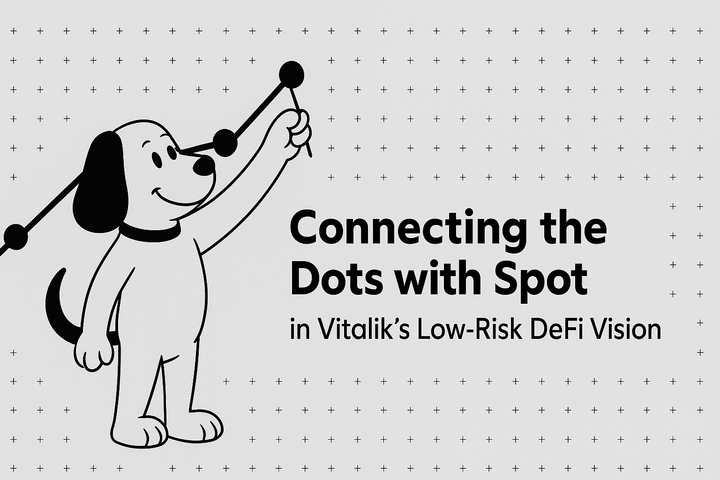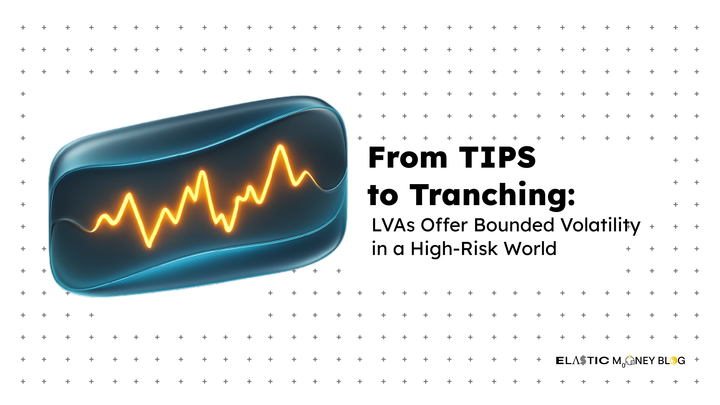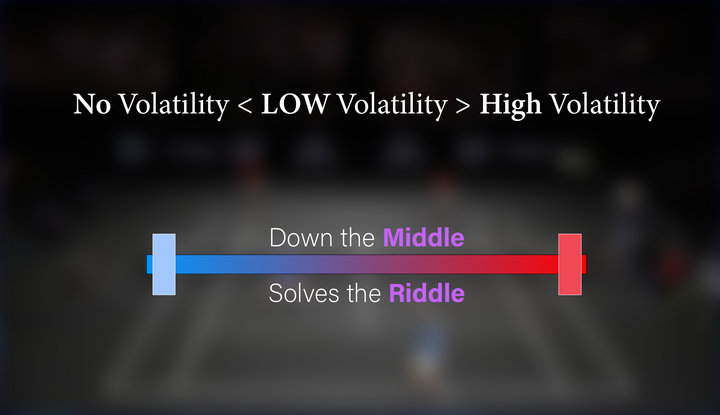Your Stablecoin Can Be Censored, Your Low Volatility Asset Cannot

The Stability Illusion
Stablecoins are the current allurement to crypto access. They are pegged to fiat dollar value, providing what seems like low volatility and an equivalent unit of account. They've enabled the expansion of decentralized finance (DeFi) capabilities, cross-border transactions, and on-chain savings accounts, in circumstances that may not have been feasible otherwise. But they're imperfect.
The stabilization mechanics required for stablecoins indicate that low volatility assets are subject to more censorship than ever. They require pegged custodians they can trust, they need to have regulated issuers, and to stay afloat, they need to suck up to governmental, third-party intermediaries.
In other words, your low volatility asset can never be frozen, hacked, or censored. Where do these fears of censorship stem from?
There are four categories of stablecoins on a reputable basis: fiat-backed, crypto-backed, algorithmic, and commodity-backed. While each has benefits, the overwhelming number of stablecoins in circulation, like USDC, USDT, and PYUSD, are centralized fiat-backed tokens. This entails that:
- They are regulated by banking authorities.
- They are created by corporations subject to national and international law.
- Their wallet is an on-chain open payment system that could come with a blacklist attached to it, banning certain wallets from accessing them in the first place.
But it's already happening.
- The USDC and the USDT have locked and frozen billions worth of assets across thousands of wallets and addresses either due to regulatory requests or law enforcement requests;
- USDC was denied access to Tornado Cash wallets, meaning access to this stablecoin is unavailable; no courts have found these users guilty of anything, only that they used a public-facing, open-source software.
- Countries with sanctions against them, Venezuela or Iran, for example will have their rights to such assets suspended even if legitimate persons are using stable coins to prevent hyperinflation.
These are not theoretical concerns. When it comes to a stablecoin in which you have invested, you are essentially connected to a private company, by way of a government allowing you to access your funds.
LOW VOLATILITY ASSETS (LVA): Stability Without Permission
Where stable backing is derived from fiat through custody, LVAs promote reduced volatility through on-chain mechanisms while maintaining self-custody and composability. The leader in this category is Ampleforth's SPOT.

- SPOT is derived from the AMPL token, a supply-elastic asset which, when markets experience volatility, does NOT raise or lower the price but rather, increases or decreases supply across everyone's wallets simultaneously.
- Thus, this supply elasticity affords SPOT the price stability of AMPL's long-run mean, without needing to be pegged to fiat or requiring banks.
- Most importantly, this SPOT is governed ONLY and exclusively on-chain and cannot be frozen by any outside entity.This design means that no centralized entity can revoke your access. No one can blacklist your wallet. No one can change the rules midway.
You retain custody , You retain control.
Why Censorship Resistance Matters More Than Ever
There are those who believe that censorship resistance is a niche concern. If you're a "good actor," what's the concern?
This is an irresponsible thing to believe given the current world climate.
- Regulatory environments change in real-time ; with the implementation of the RESTRICT Act and ongoing CBDC pilot programs, your ability to access financial services can change in the blink of an eye
- Collateral damage is compounded ; banks operate on fractional reserves, they're at systemic risk, meaning those fiat-backed stablecoins are only as good as the failing financial system;
- Geopolitical tensions are on the rise ; whether it's via SWIFT bans or sanctions, entire populations can lose access to financial infrastructure in the blink of an eye;Now, consider building your financial future, or an architected protocol — on a stablecoin that can disappear, get frozen, or depegged all due to circumstances beyond your control.
LVAs are the solution.
They do not depend on any global institution. They do not depend on custodians. They are not something for which one needs permission to be.
The Philosophical Shift: Financial Reliance to Self-Sovereignty
Underlying this transformation is a more significant philosophical shift: the transformation from reliance and financial dependence to self-sovereignty.
Stablecoins were essential to onboard users. But they are not the end goal.
For DeFi to succeed long-term, it needs to progress beyond pegged assets that function at the mercy of centralized entities and instead embrace primitives that are trust-minimized, censorship-resistant, and shock resilient.LVAs have the solution by guiding them from price stability without a reliance on stablecoin dependence.
Conclusion
The opportunity is clear:
- Use stablecoins, accepting that they can be censored, frozen, and depegged at a moment's notice.
Or:
- Realize that a completely new class of assets is possible to be stable, on our terms.
LVAs are not the solution to everything. They are an incremental experiment. But they are one step closer to a reality where financial stability does not have to come from access to imperfect systems for ownership pride. Ultimately, the most stable currency is not the one that holds its value.
It's the one you're guaranteed to have at all times , in the face of recessions, political wars, or legislative changes.
Your regulated currency will be in your possession.Your unregulated, fluid digital asset will not.




